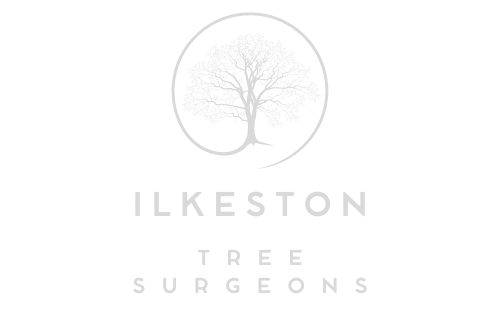Tree Crown Reduction: Incorporating Aesthetics into Tree Care
Introduction: Tree crown reduction is not just about managing tree health and safety—it’s also about preserving the aesthetic appeal of trees and landscapes. A well-pruned tree enhances the beauty of its surroundings while promoting healthy growth and structural integrity. In this blog post, presented by Ilkeston Tree Surgeons, we’ll explore how crown reduction can incorporate aesthetics into tree care, creating visually pleasing landscapes that enrich our outdoor environments.
1. Enhancing Natural Form
One of the primary goals of crown reduction is to enhance trees’ natural form and symmetry. By selectively pruning branches to reduce crown density and improve balance, tree surgeons can accentuate trees’ inherent beauty while preserving their unique characteristics. This careful pruning approach allows trees to maintain their natural shape and proportions, creating harmonious landscapes that blend seamlessly with their surroundings.
2. Promoting Visual Balance
Visual balance is essential for creating aesthetically pleasing landscapes, especially in urban environments where space is limited. Crown reduction helps promote visual balance by ensuring trees maintain a proportional canopy size relative to their trunk and surroundings. By removing excess foliage and redistributing weight within the canopy, tree surgeons can achieve a more balanced and visually appealing tree silhouette that complements the overall landscape design.
3. Creating Open Sightlines
Trees with dense canopies can obstruct views and impede sightlines, particularly in residential areas and public spaces. Crown reduction allows tree surgeons to open sightlines by selectively thinning branches and reducing crown density. This improves visibility and enhances the sense of openness and spaciousness within the landscape. By strategically pruning branches to create clear vistas, tree surgeons can maximise the aesthetic impact of trees while preserving their functional benefits.
4. Fostering Seasonal Interest
A well-managed tree canopy can provide year-round visual interest through seasonal foliage colour, texture, and density changes. Crown reduction allows tree surgeons to shape trees in a way that highlights their seasonal attributes, whether it’s vibrant spring blossoms, lush summer foliage, or fiery autumn colours. By selectively pruning branches to enhance seasonal features, tree care professionals can create dynamic landscapes that evolve with the changing seasons, delighting observers throughout the year.
5. Integrating Trees into Design
Incorporating trees into landscape design requires careful consideration of their form, scale, and placement. Crown reduction plays a vital role in seamlessly integrating trees into the design scheme by ensuring they fit harmoniously within their intended environment. By sculpting trees to complement architectural features, outdoor amenities, and other landscape elements, tree surgeons can enhance the overall aesthetic appeal of outdoor spaces and create cohesive, visually striking landscapes.
Conclusion: Tree crown reduction is not just a practical necessity—it’s also an opportunity to enhance the aesthetic appeal of trees and landscapes. By carefully pruning branches to enhance natural form, promote visual balance, create open sightlines, foster seasonal interest, and integrate trees into design, tree surgeons can elevate the beauty of outdoor environments while promoting tree health and longevity.
Call us on: 0115 647 1166
Click here to find out more about Ilkeston Tree Surgeons
Click here to complete our contact form and see how we can help with your tree’s needs.

